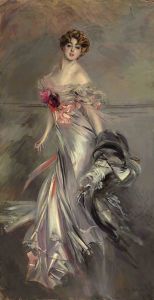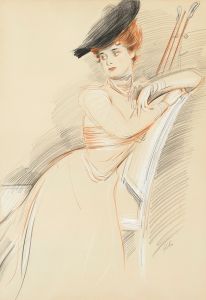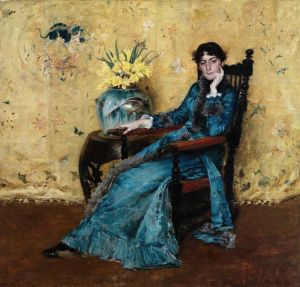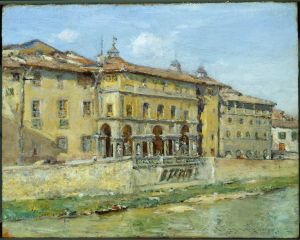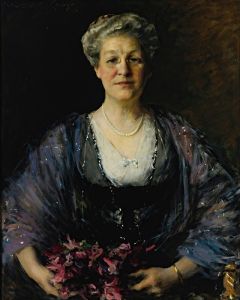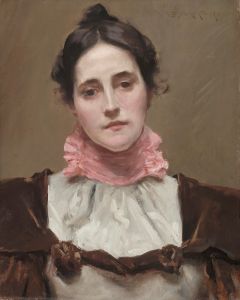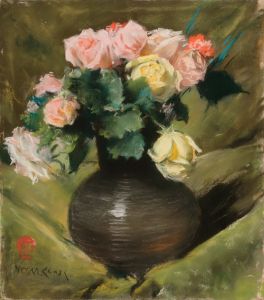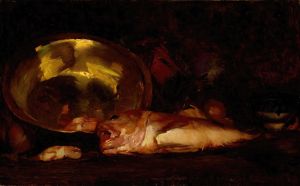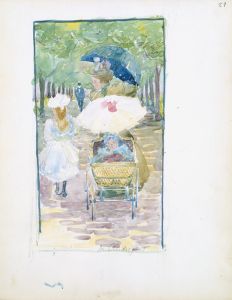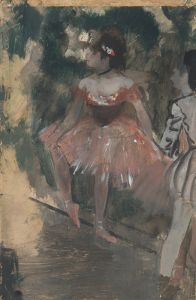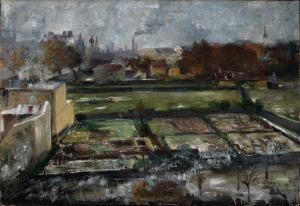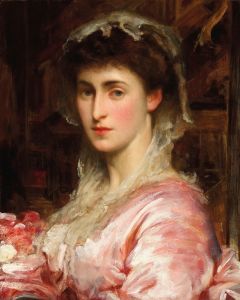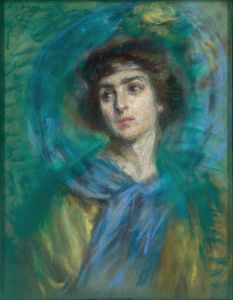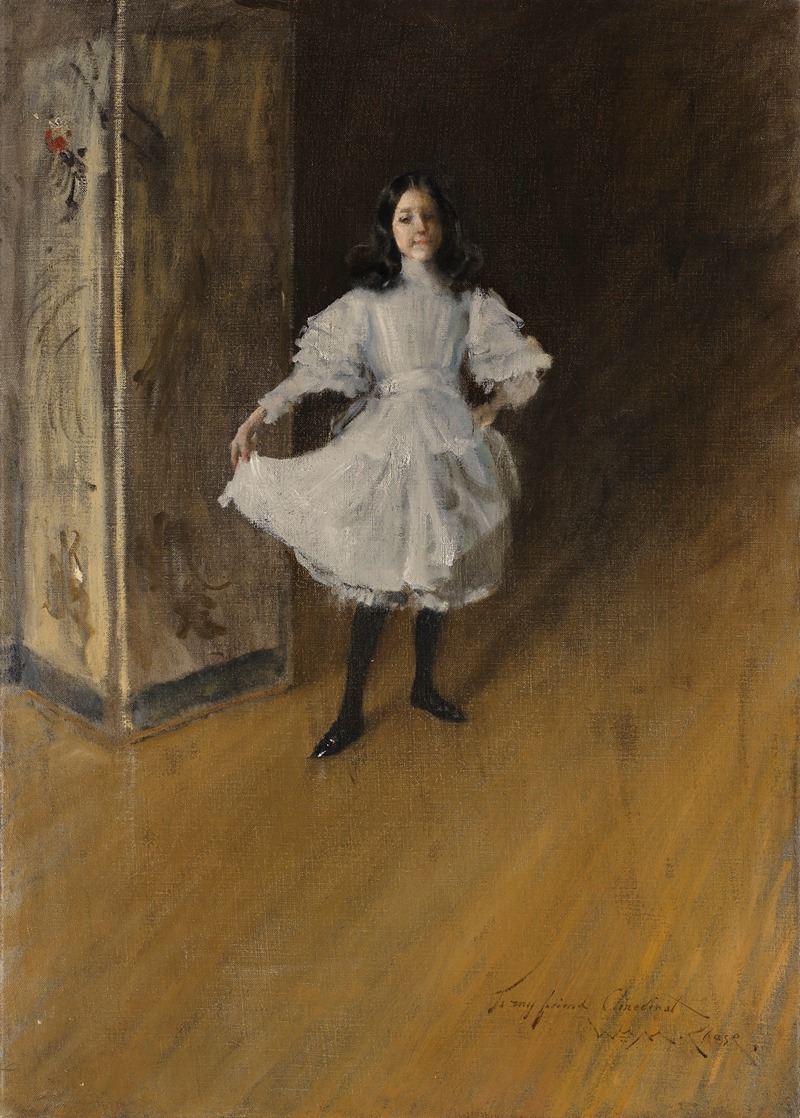
Portrait of the Artist’s Daughter
A hand-painted replica of William Merritt Chase’s masterpiece Portrait of the Artist’s Daughter, meticulously crafted by professional artists to capture the true essence of the original. Each piece is created with museum-quality canvas and rare mineral pigments, carefully painted by experienced artists with delicate brushstrokes and rich, layered colors to perfectly recreate the texture of the original artwork. Unlike machine-printed reproductions, this hand-painted version brings the painting to life, infused with the artist’s emotions and skill in every stroke. Whether for personal collection or home decoration, it instantly elevates the artistic atmosphere of any space.
William Merritt Chase was an influential American painter known for his contributions to Impressionism and his role as a teacher. Among his many works, "Portrait of the Artist’s Daughter" stands out as a notable example of his portraiture, capturing the essence of his style and personal life.
"Portrait of the Artist’s Daughter" is a painting that exemplifies Chase's skill in capturing the likeness and personality of his subjects. The painting features one of Chase's daughters, though specific details about which daughter is depicted are not always clear in historical records. Chase had several children, and his family often served as subjects for his work, providing a glimpse into his personal world and the intimate moments he cherished.
The painting is characterized by Chase's adept use of color and light, hallmarks of his Impressionist influence. He often employed a loose brushwork technique that allowed him to convey the textures and subtleties of his subjects with a sense of immediacy and vitality. In this portrait, the use of light is particularly noteworthy, as it highlights the delicate features of his daughter, creating a sense of warmth and affection.
Chase's approach to portraiture was both traditional and innovative. While he adhered to the conventions of portrait painting, such as focusing on the subject's face and upper body, he also infused his work with a modern sensibility. This is evident in the way he captures the fleeting expressions and natural poses of his subjects, making them appear lifelike and relatable.
The setting of the portrait is typically understated, drawing attention to the subject rather than the background. This focus on the individual is a testament to Chase's ability to convey personality and emotion through his art. The simplicity of the background also serves to enhance the viewer's connection with the subject, allowing the viewer to engage directly with the portrayed figure.
Chase's portraits of his family, including "Portrait of the Artist’s Daughter," are significant not only for their artistic merit but also for their insight into the artist's personal life. They reveal a softer, more intimate side of Chase, contrasting with his more formal commissioned works. These portraits are cherished for their authenticity and the genuine affection they convey.
Throughout his career, Chase was a prominent figure in the American art scene, both as a painter and as an educator. He taught at several institutions, including the Art Students League of New York and the Pennsylvania Academy of the Fine Arts, influencing a generation of artists. His dedication to teaching and his own artistic practice helped to shape the development of American Impressionism.
In summary, "Portrait of the Artist’s Daughter" by William Merritt Chase is a testament to the artist's skill in portraiture and his ability to capture the essence of his subjects. Through his use of light, color, and composition, Chase creates a work that is both personal and universally appealing, reflecting his place in the history of American art.





